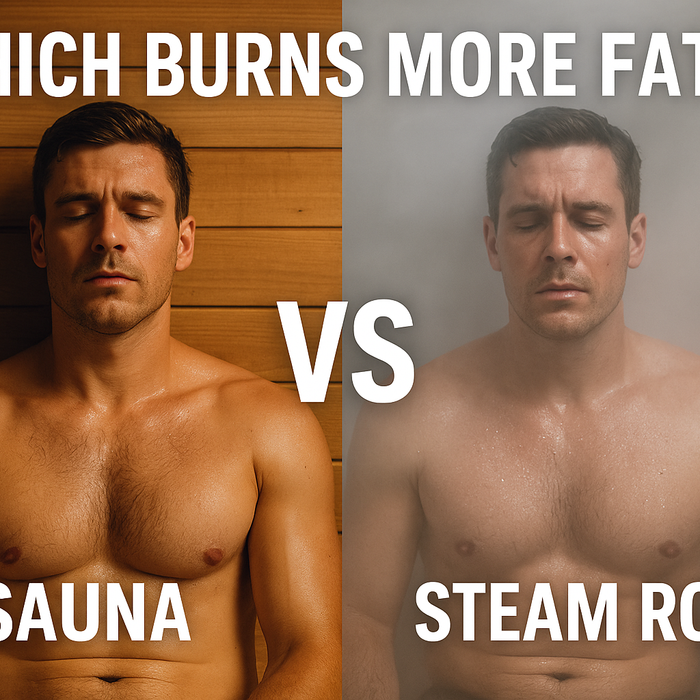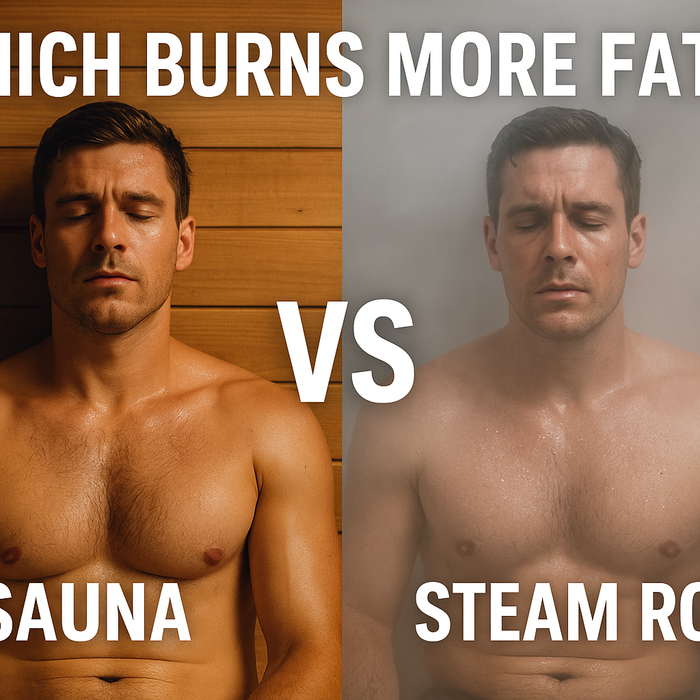Infrared and red light therapy are two of the most popular wellness technologies for improving recovery, circulation, skin health, and longevity. While both use light energy to promote healing, they function in different ways and provide unique benefits.
This guide explores the key differences between infrared and red light therapy, their benefits, and whether you need both for optimal health.
1. Understanding Infrared Therapy
What is Infrared Therapy?
Infrared therapy uses infrared light waves to penetrate deep into the body, heating tissues directly and promoting detoxification, circulation, and relaxation. Unlike traditional saunas, which heat the air, infrared saunas warm the body from within, allowing for lower temperatures with deep heat penetration.
How Infrared Works
Infrared light falls within the invisible spectrum of light, divided into three categories:
-
Near-Infrared (NIR, 700–1400 nm) – Supports skin health, cell regeneration, and mitochondrial function.
-
Mid-Infrared (MIR, 1400–3000 nm) – Improves circulation and enhances deep tissue healing.
-
Far-Infrared (FIR, 3000–100,000 nm) – Penetrates the deepest, promoting detoxification and relaxation.
Benefits of Infrared Therapy
- Deep tissue heat for muscle recovery and pain relief
-
Sweating and detoxification at lower temperatures
- Increased circulation and cardiovascular benefits
- Reduced inflammation and stress relief
- Improved sleep and relaxation
Where to Get Infrared Therapy

2. Understanding Red Light Therapy
What is Red Light Therapy?
Red light therapy (RLT) uses visible red and near-infrared light to stimulate cellular energy production, support healing and recovery, and enhance skin and joint health. Unlike infrared therapy, red light does not generate significant heat but instead activates biological processes at the cellular level.
How Red Light Therapy Works
Red light therapy operates at two key wavelengths:
-
Red Light (600–700 nm) – Targets the skin, collagen production, and surface-level healing.
-
Near-Infrared Light (700–1000 nm) – Penetrates deeper for muscle recovery, inflammation reduction, and cellular repair.
Benefits of Red Light Therapy
-
Supports skin health and anti-aging by increasing collagen production
- Reduces joint pain and inflammation
- Enhances muscle recovery and performance
- Boosts mitochondrial function and cellular repair
- Improves cognitive function and mental clarity
Where to Get Red Light Therapy

3. Key Differences Between Infrared and Red Light Therapy
| Feature |
Infrared Therapy |
Red Light Therapy |
| Type of Light |
Invisible infrared wavelengths |
Visible red and near-infrared light |
| Primary Function |
Deep heat penetration for detox and circulation |
Stimulates cellular function and regeneration |
| Heat Output |
Produces significant heat |
Minimal heat |
| Depth of Penetration |
Deep (muscles, tissues, organs) |
Moderate (skin, muscles, joints) |
| Best For |
Detoxification, pain relief, deep healing |
Skin health, cellular repair, muscle recovery |
4. Do You Need Both Infrared and Red Light Therapy?
While both therapies provide health benefits, they serve different purposes. Using both infrared and red light therapy together offers a comprehensive wellness approach, targeting both deep tissue detoxification and cellular repair.
When to Use Infrared Therapy
- If you want deep heat penetration for sweating, relaxation, and circulation.
- If you need pain relief, muscle recovery, or stress reduction.
- If you prefer a sauna experience with detox benefits.
When to Use Red Light Therapy
- If you want to improve skin health, collagen production, and healing.
- If you need a non-heating therapy for muscle repair and anti-aging.
- If you want targeted therapy for inflammation and recovery.
The Best Combination for Maximum Benefits
For those looking for the ultimate wellness routine, using both infrared and red light therapy together provides the best of both worlds. Many high-end saunas now include built-in red light therapy, allowing users to benefit from both heat therapy and cellular repair at the same time.
Explore Red Light Therapy Saunas

Final Thoughts
Both infrared and red light therapy offer powerful health benefits, but they work in different ways. Infrared therapy focuses on deep tissue heating, detoxification, and circulation, while red light therapy is non-heating and supports cellular energy, skin health, and recovery.
For those serious about longevity, recovery, and overall well-being, combining infrared and red light therapy provides a comprehensive solution for full-body healing.
Explore the best options for at-home infrared and red light therapy:
Whether you choose infrared, red light therapy, or both, incorporating these science-backed therapies into your routine can help improve recovery, relaxation, and long-term health.








Dejar un comentario